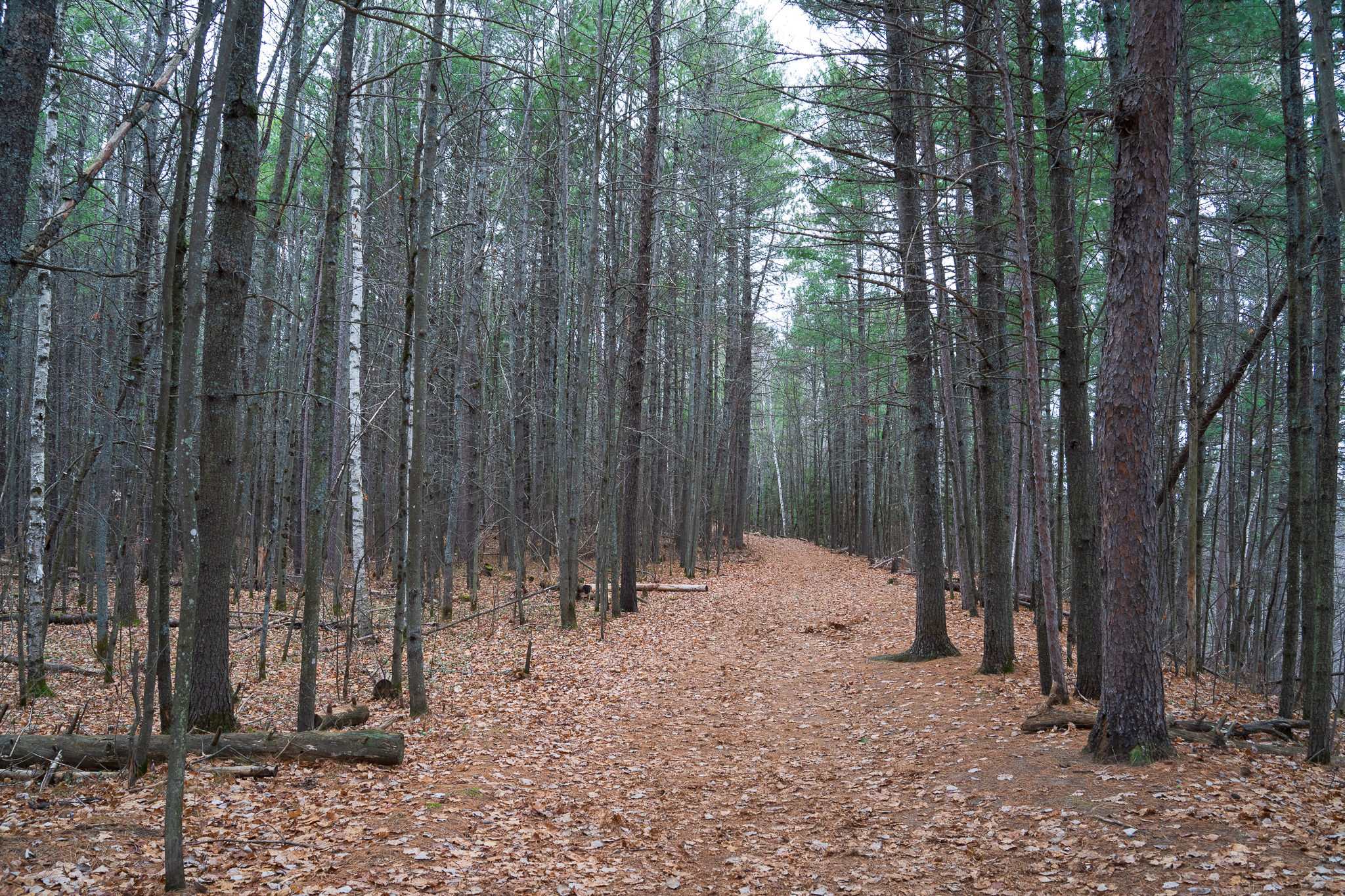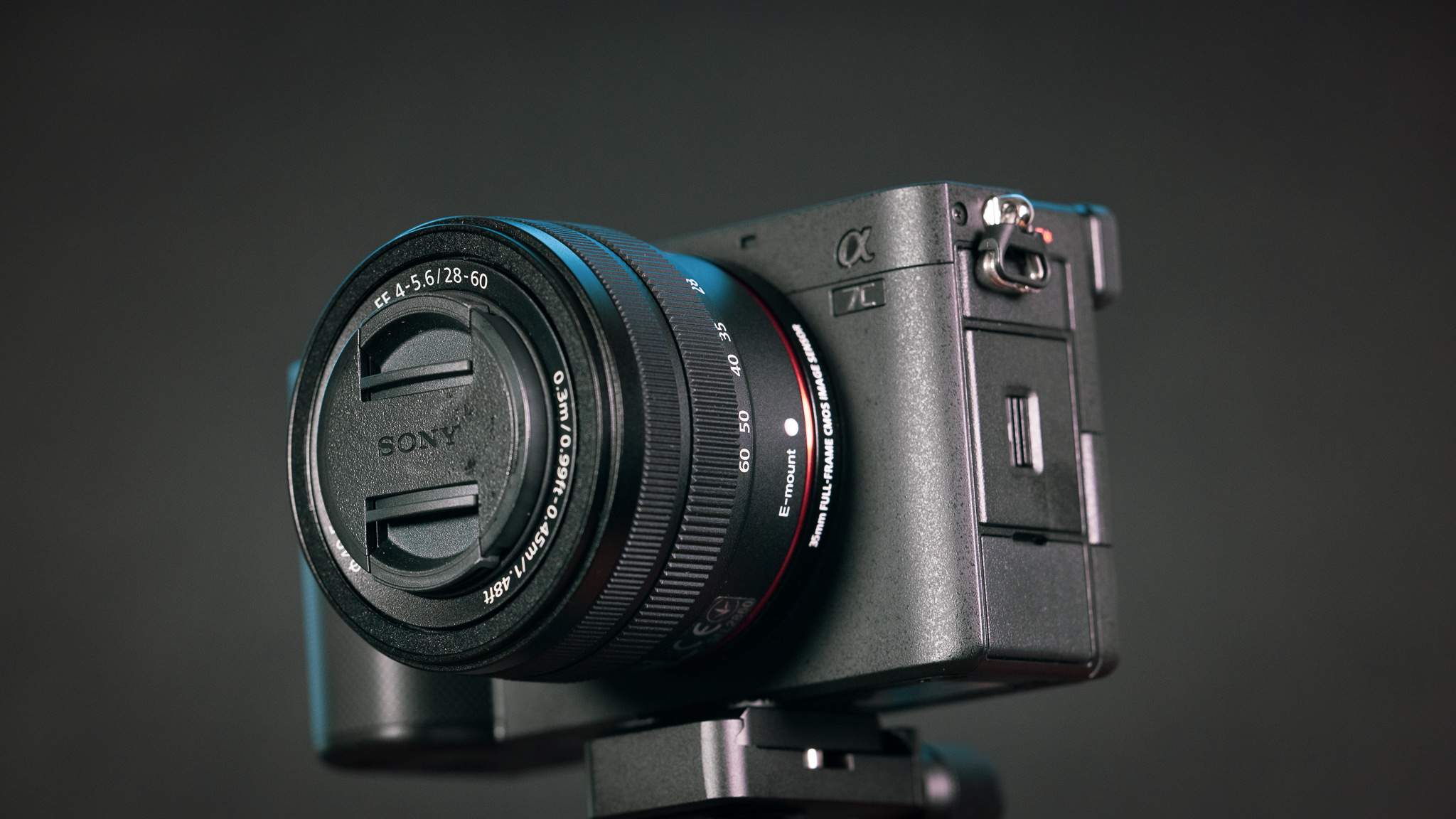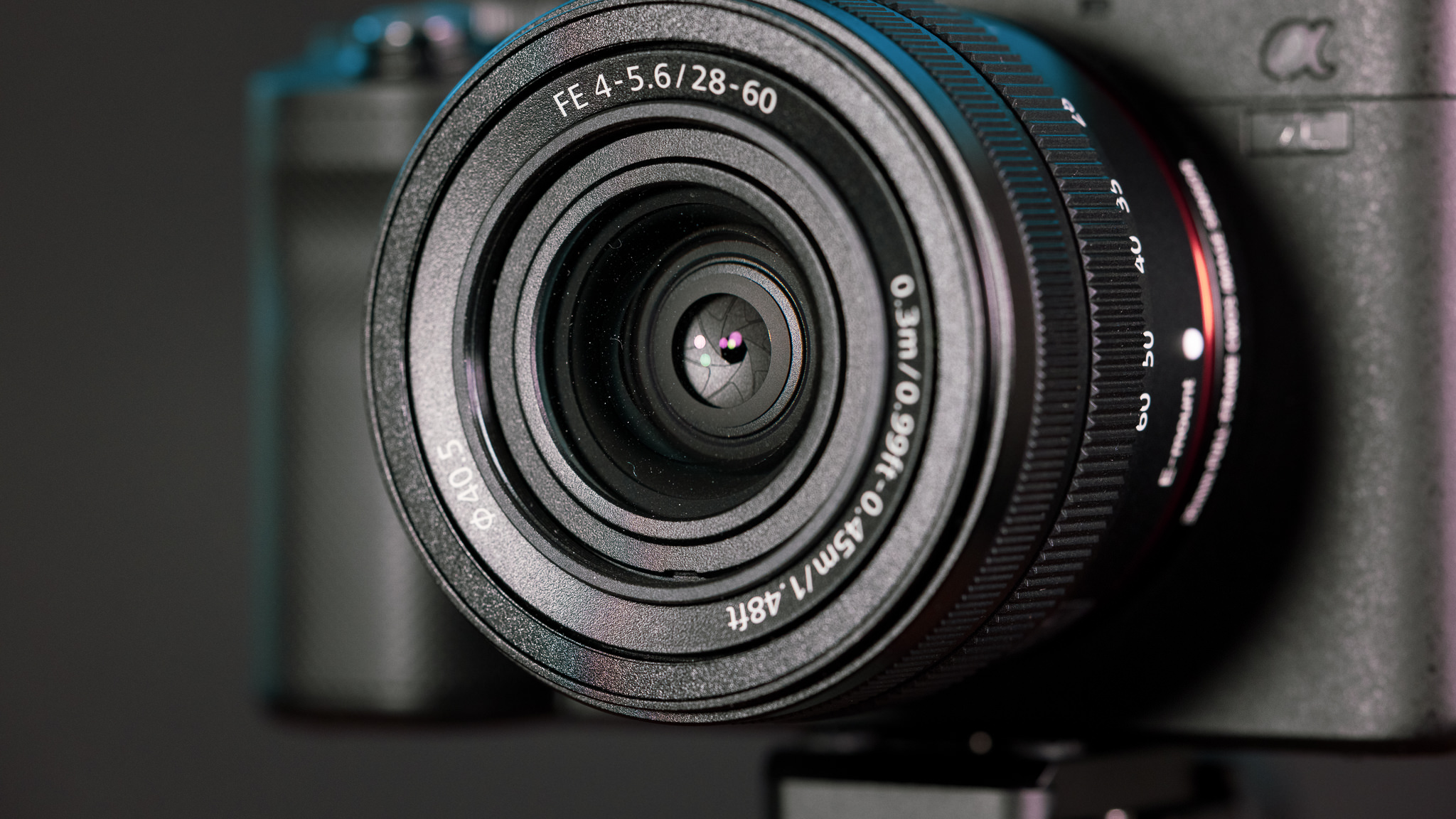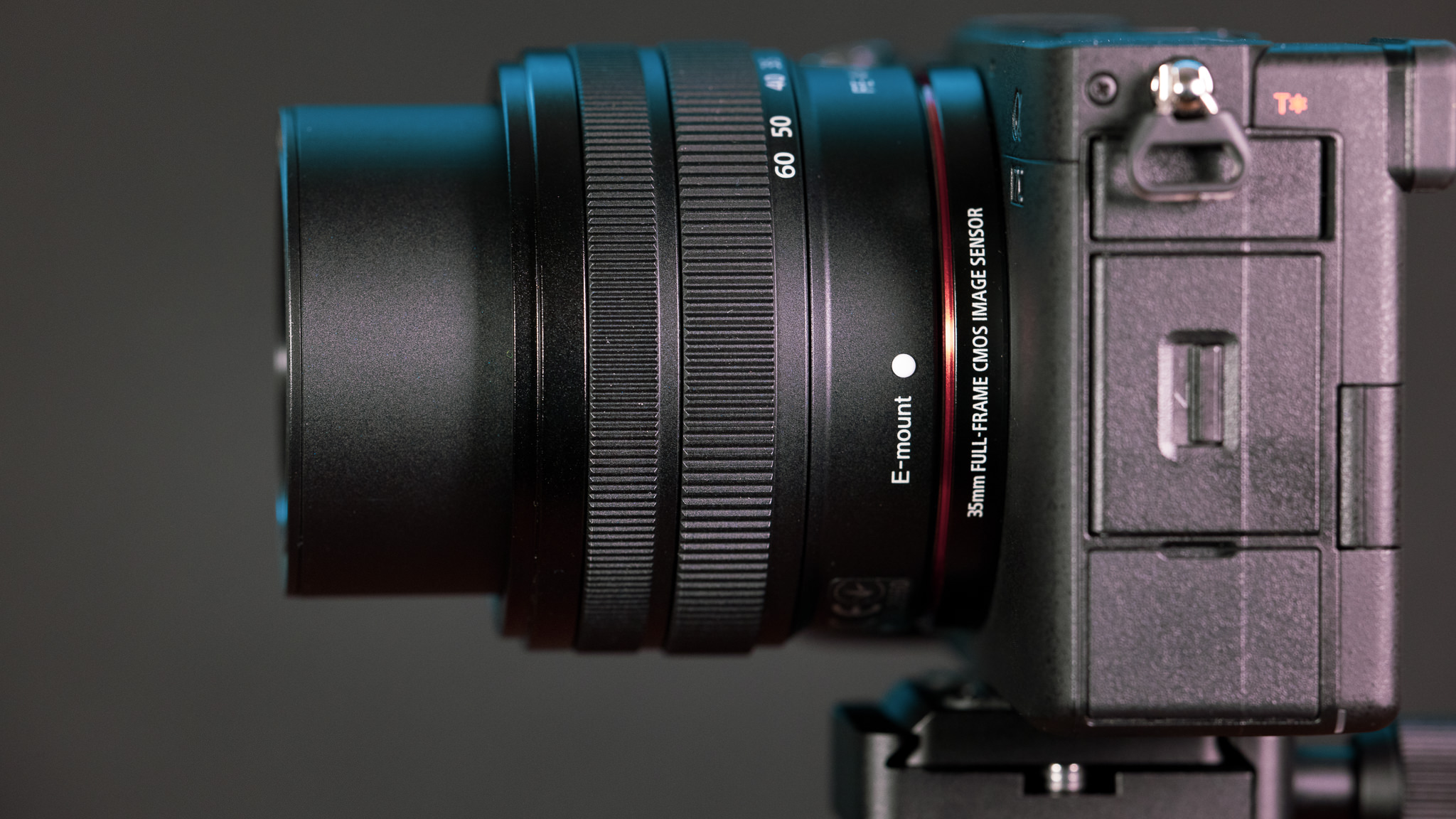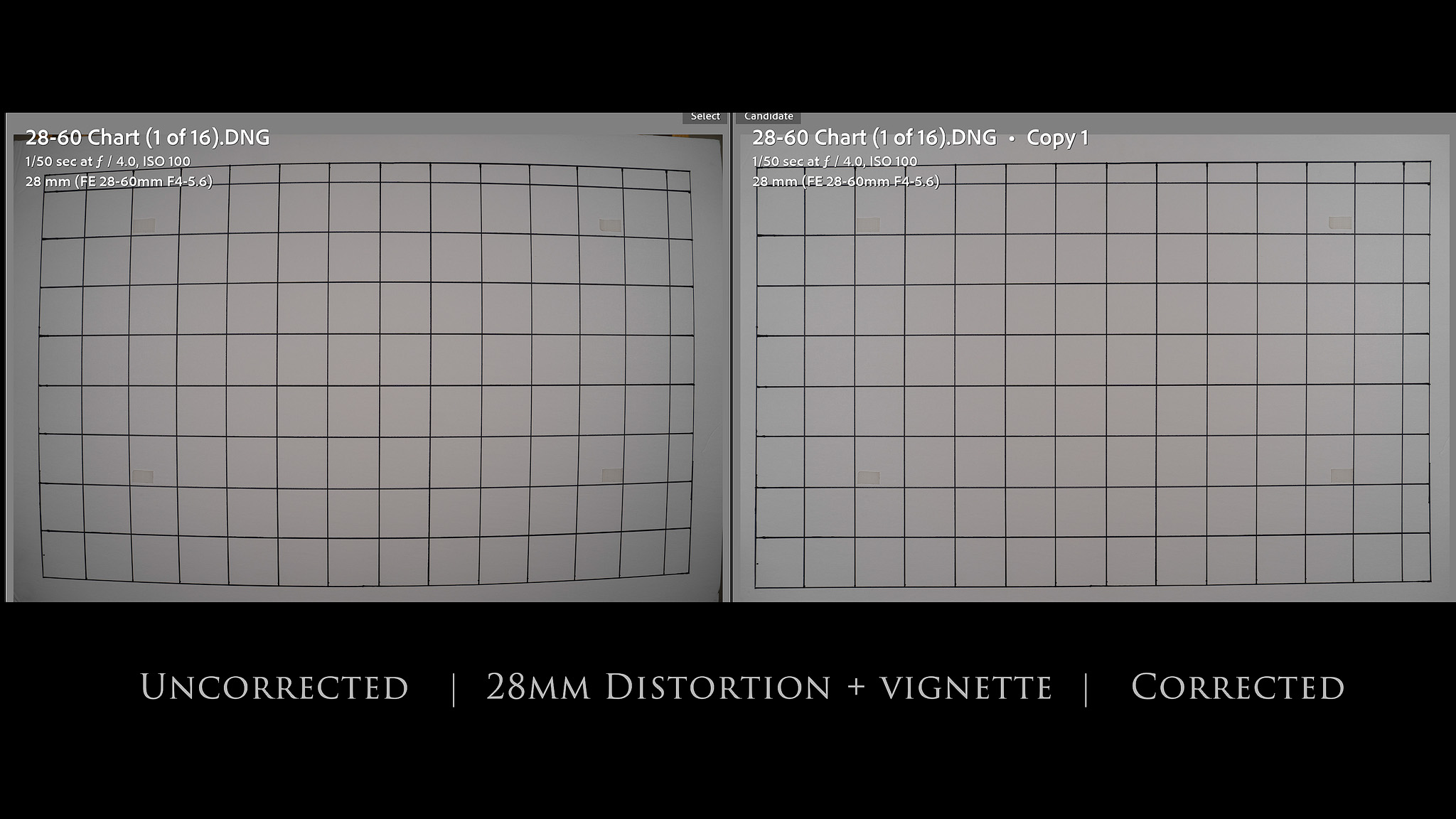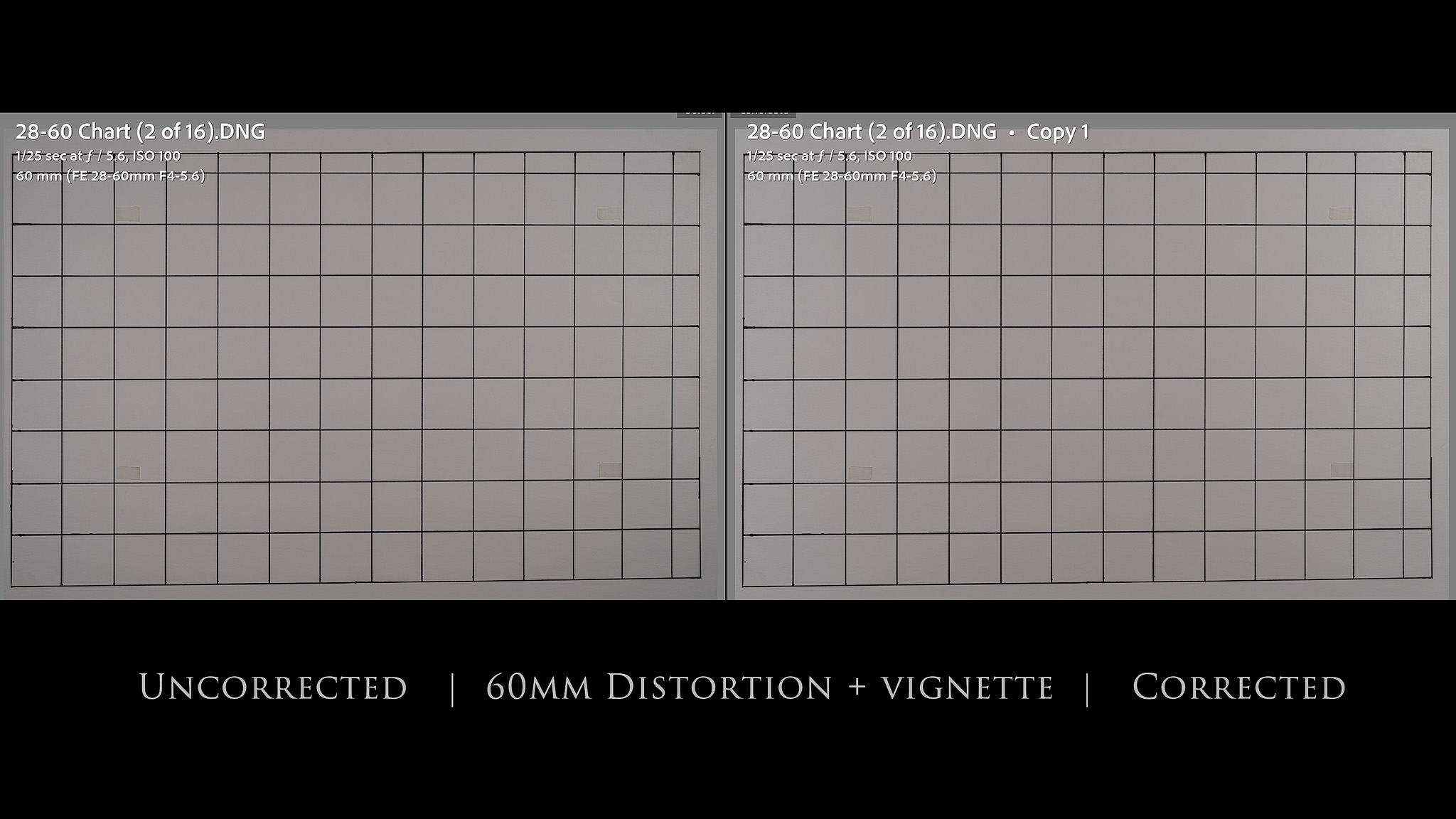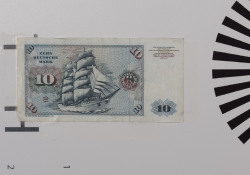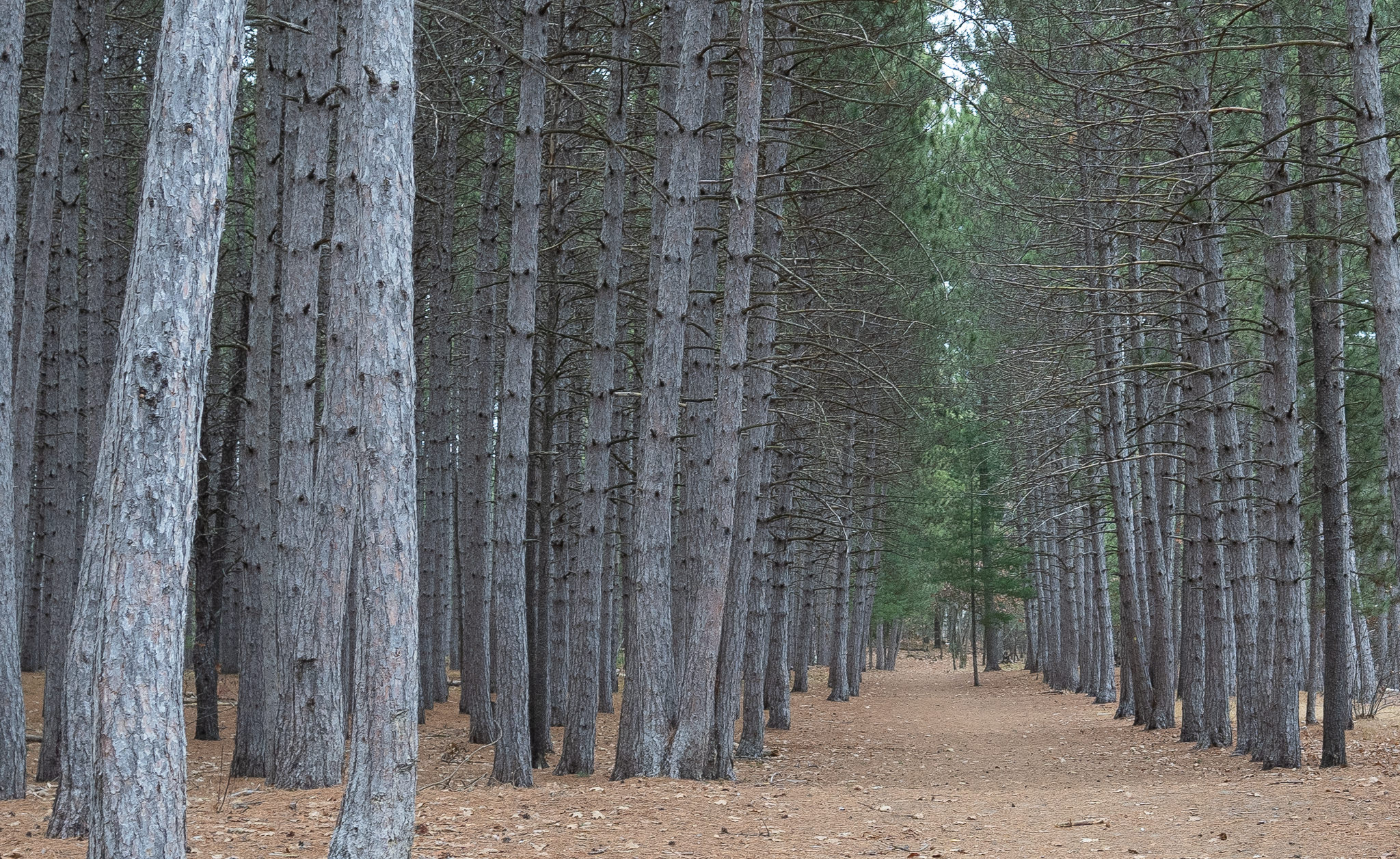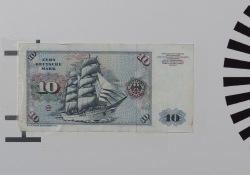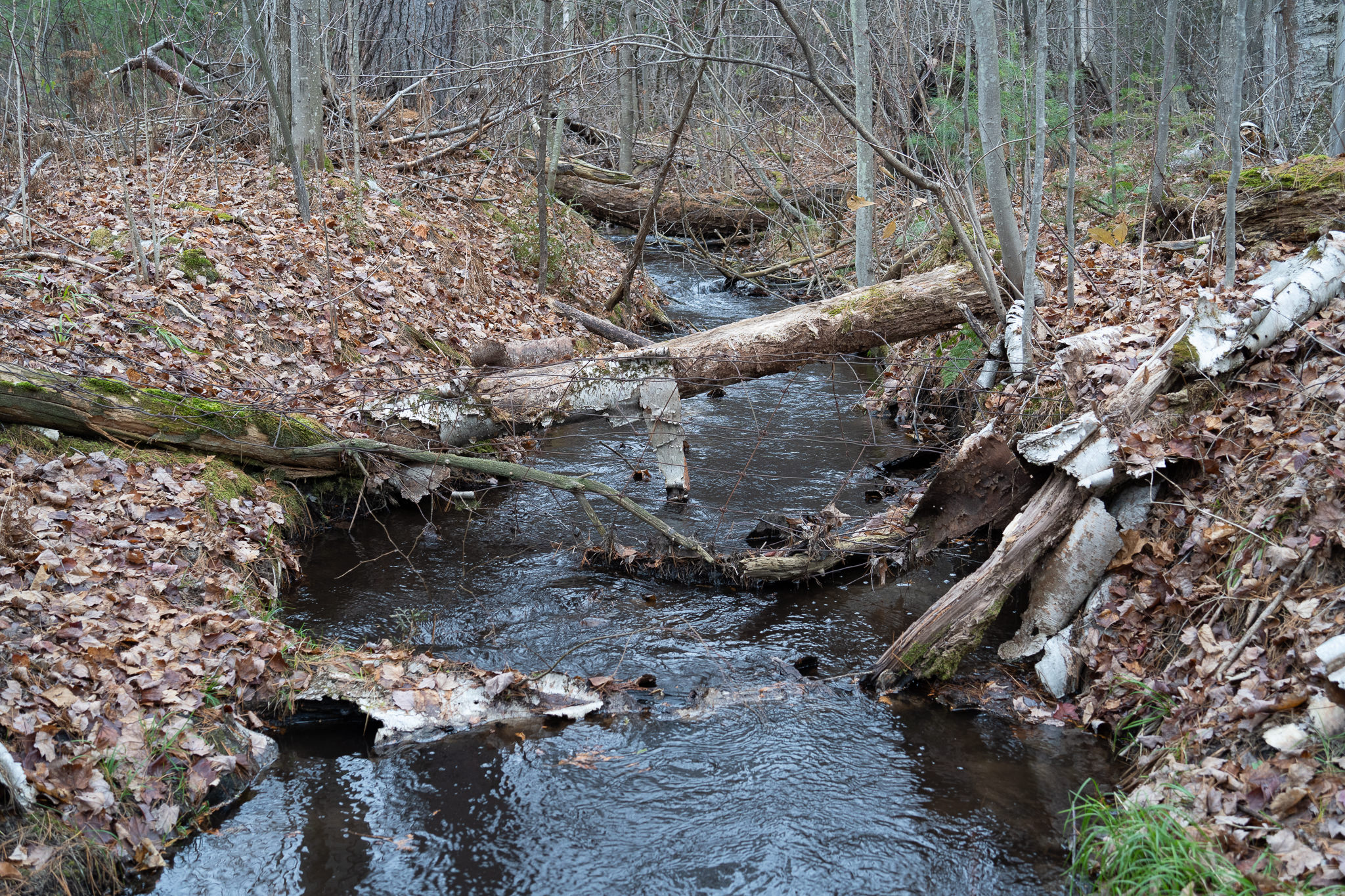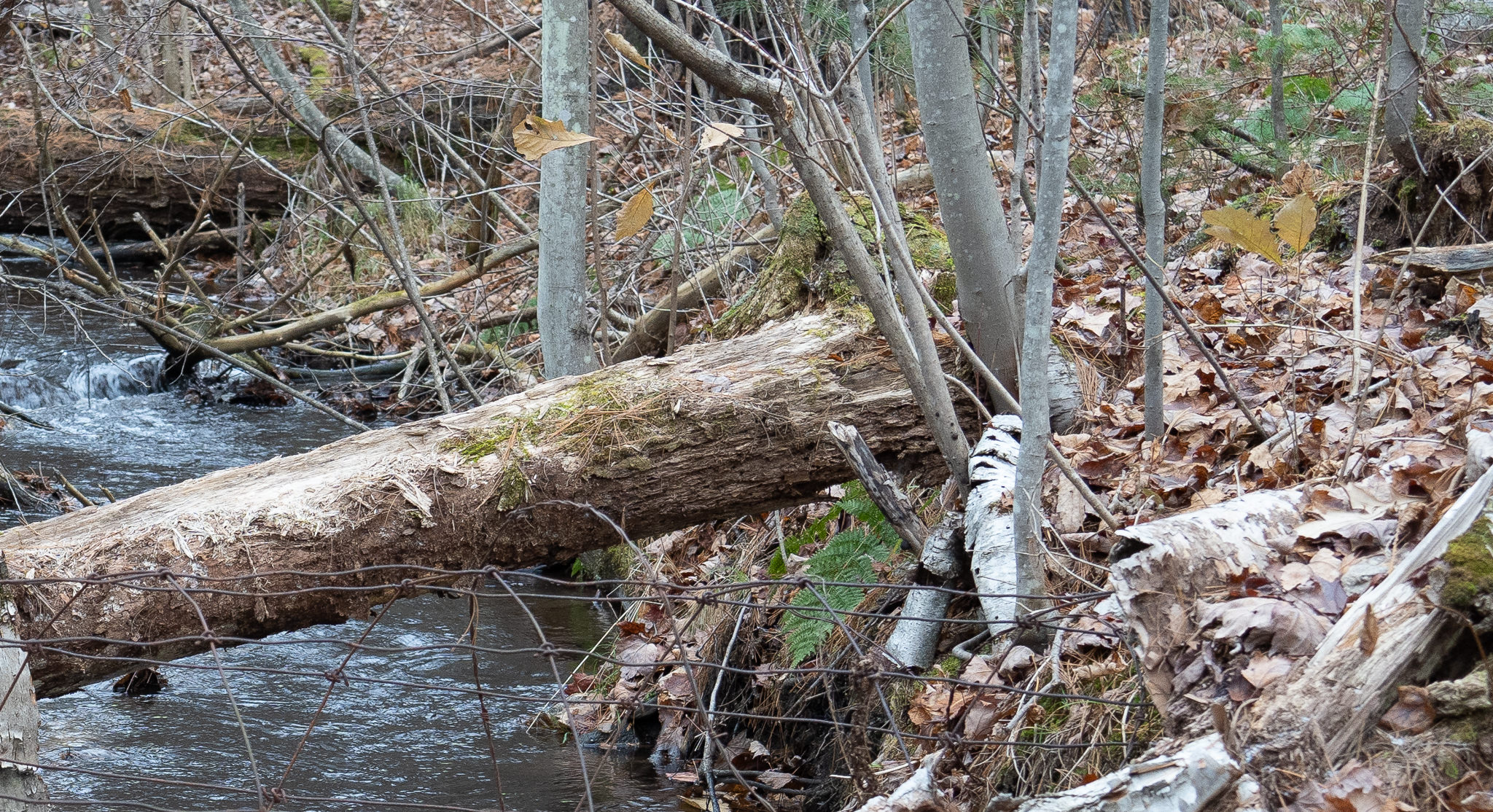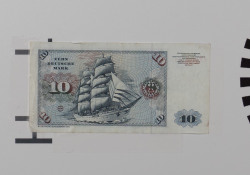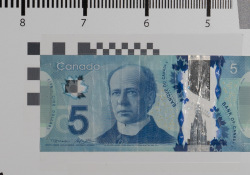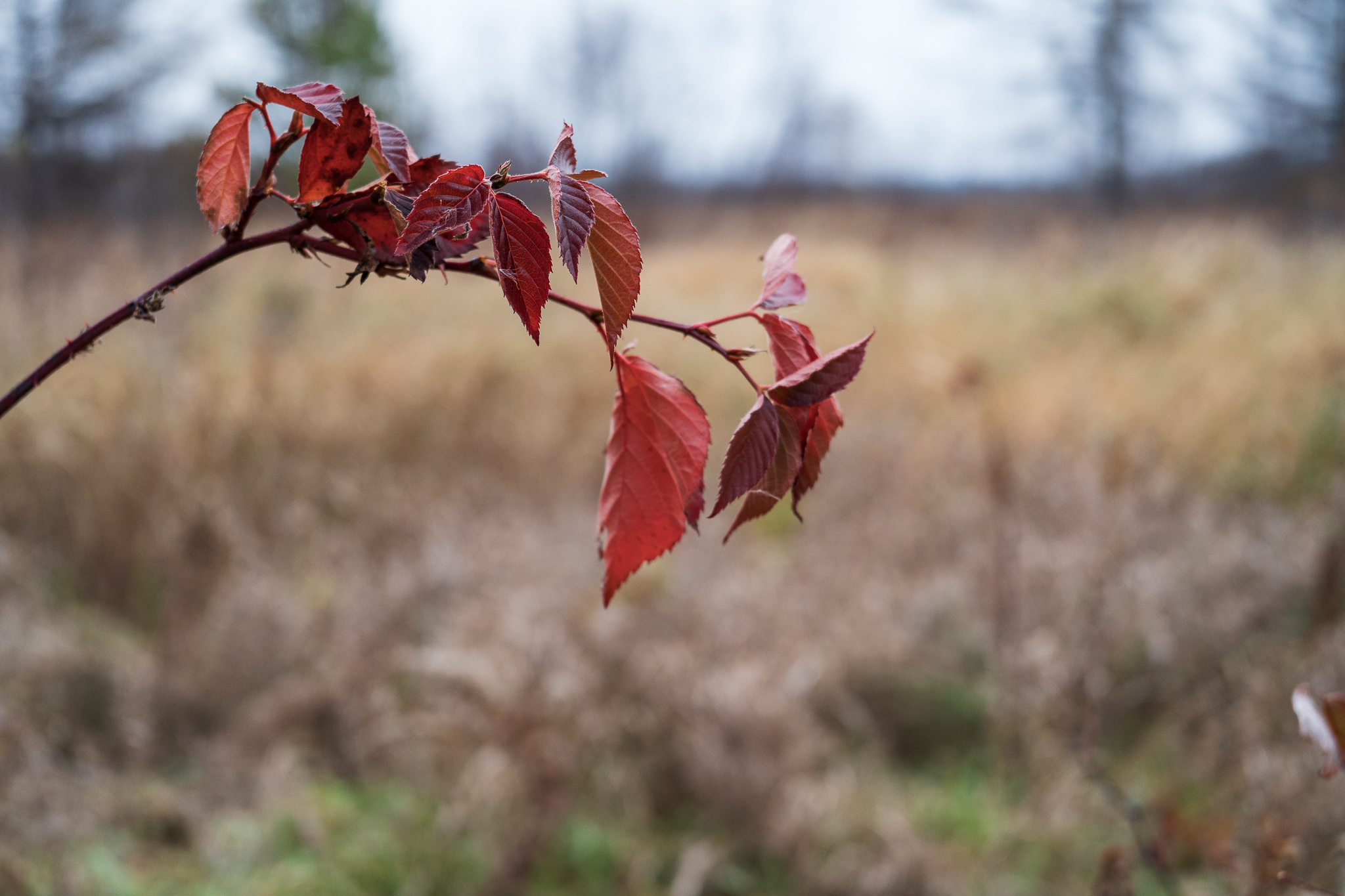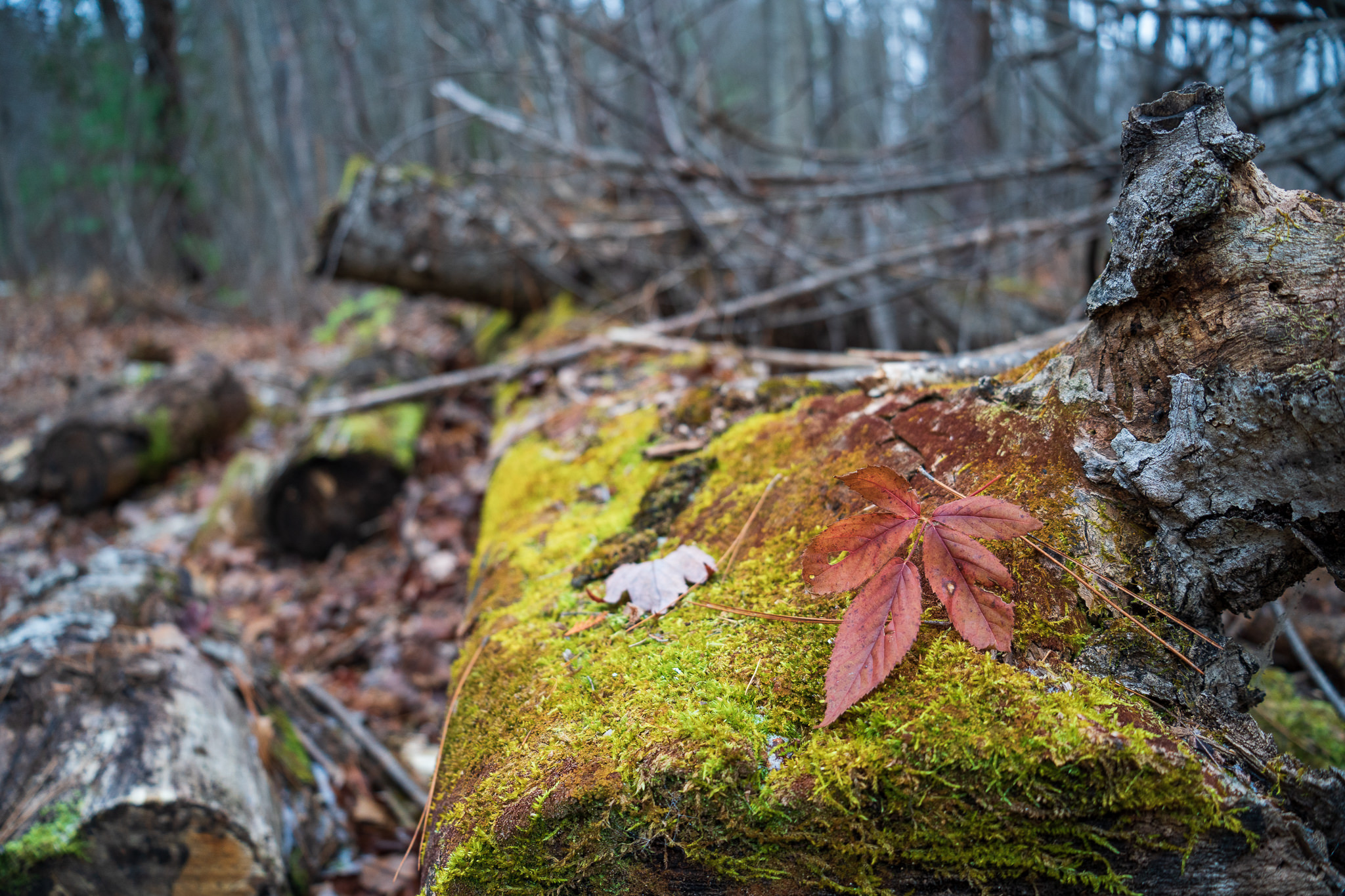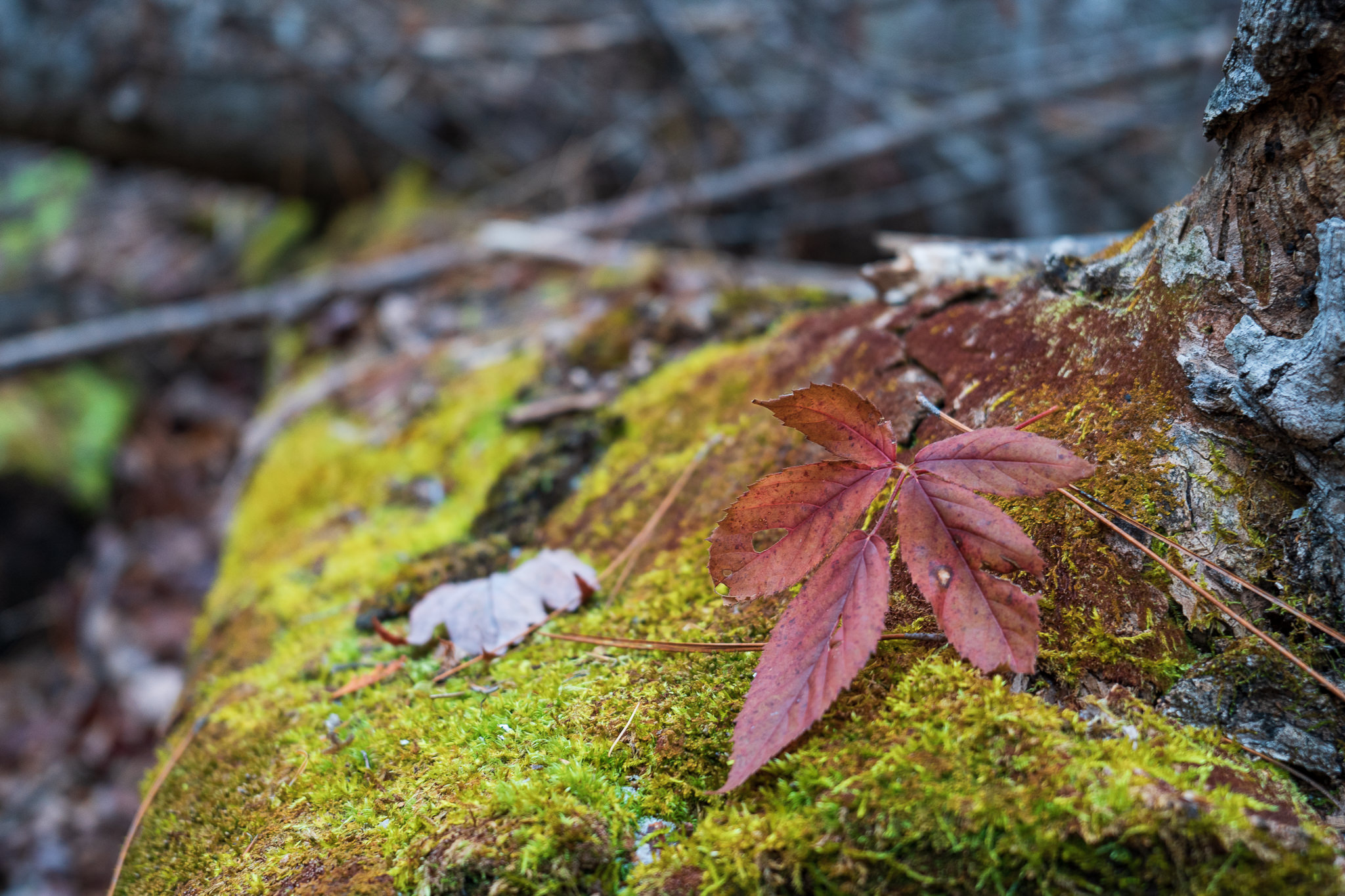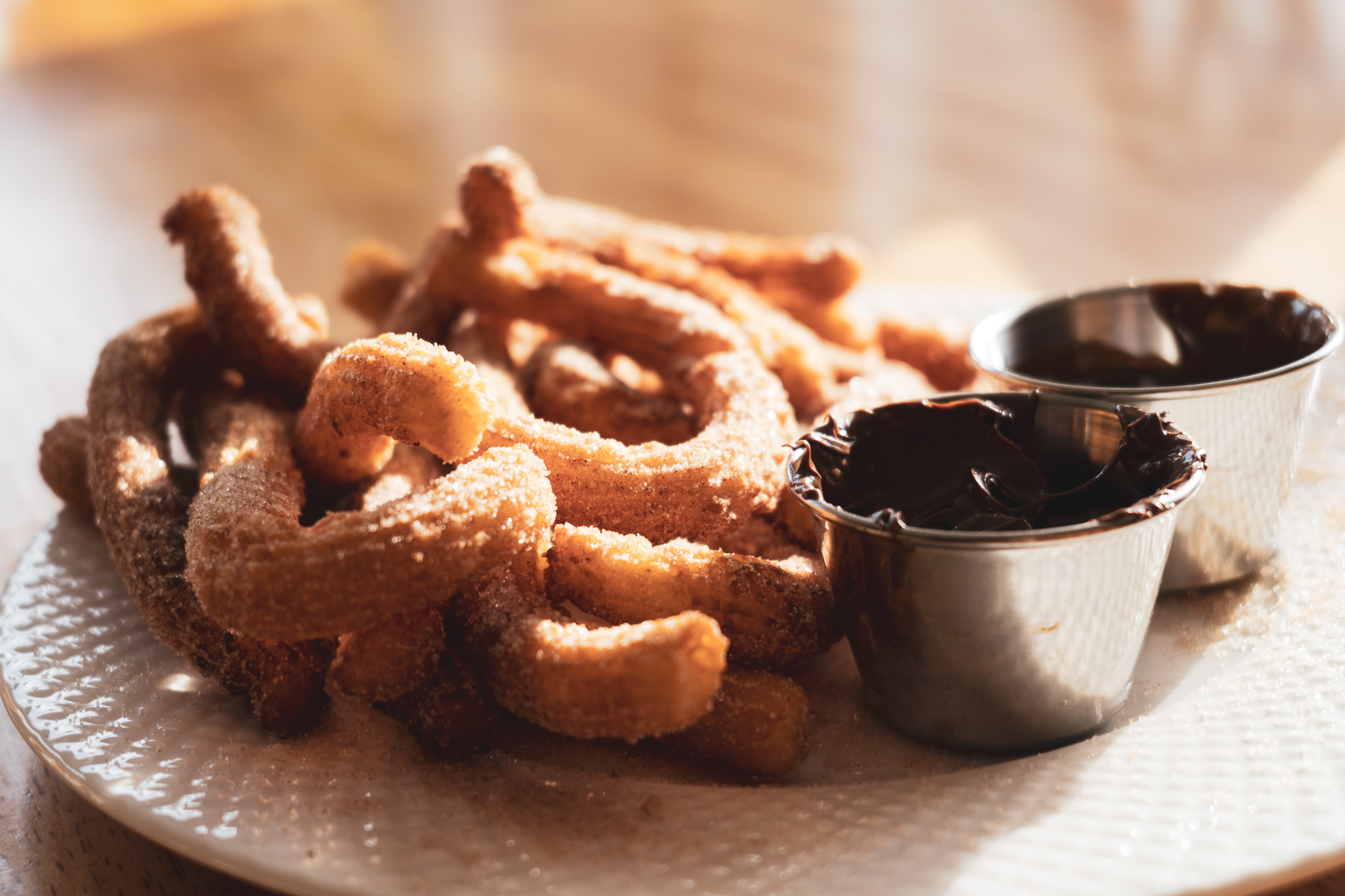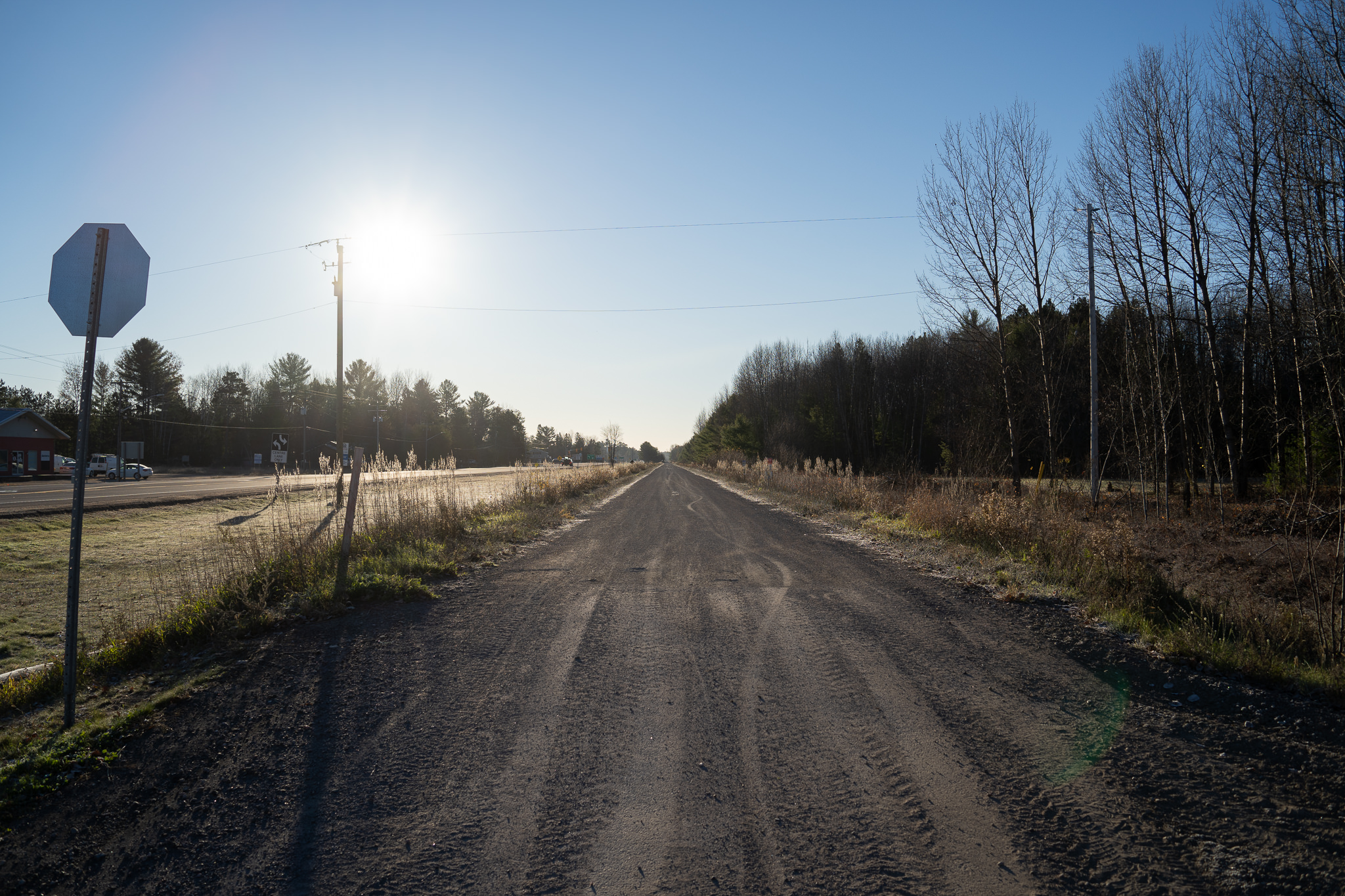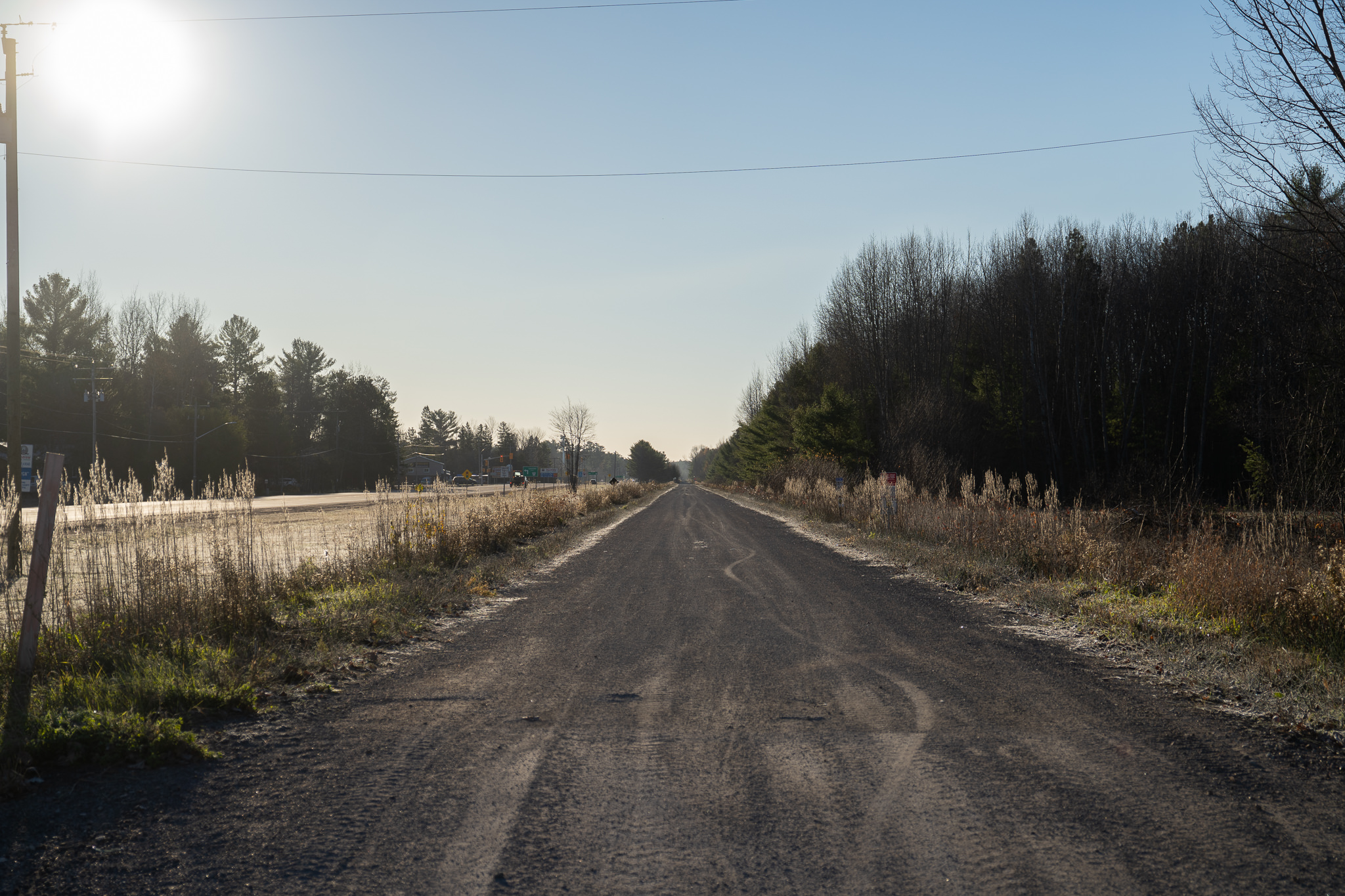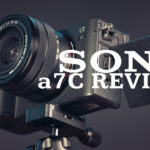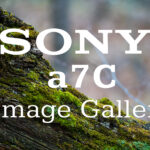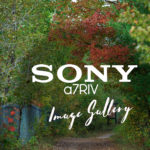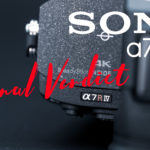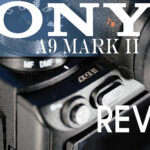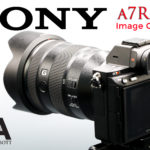Sony has debuted a new kit lens with the a7C, a retractable zoom design. This will likely replace the unlamented FE 28-70mm F3.5-5.6 OSS lens, which, on paper, seems to have the advantage over a lens with a smaller zoom range, a slightly smaller maximum aperture on the wide end (F4 vs F3.5), and one without OSS. In the real world, however, the older lens was completely uninspiring in every facet, from autofocus to image quality. And, while I personally have a hard time getting excited over any lens with a small, variable aperture and that only reaches 60mm, I have to confess that I was very pleasantly surprised with the optical performance of the lens.
If you would like to watch my video review of the lens, check out this definitive review above:
First of all, however, let’s take a quick look at the build. When in the retracted position, the FE 28-60mm is a miniscule 45mm in length, which is considerably shorter than the 83mm for the 28-70mm. It also weighs in at only 5.9 oz / 167g, which is considerably less than the 10.41 oz / 295g of the 28-70mm. This is obviously going to really enhance the idea of portability in the lens.
The lens is 66.5mm in diameter, but because of the retracting inner barrel, the filter size is a very odd 40.5mm. Frankly I have never seen any lenses with this filter size before, so I was surprised to discover that a number of filters do exist in this unusual size. They are pretty universally inexpensive, as well.
Sony has elected to not include OSS in the new lens, likely due to the fact that most of their recent cameras have IBIS whereas almost none did when the 28-70mm was released. Since I tested in on the a7C, which does have effective IBIS, I didn’t notice the lack of OSS in the lens at all. IBIS did an effective job for my purposes. The first shot I shared in this section was taken at 1/20th of a second and is tack sharp.
The retractable design requires you to first extend the inner barrel to the 28mm position before use. This extension adds around 30mm to the overall length.
The action to move it from the retracted position to the 28mm is quite stiff, with a fair amount of force required to start the process and again right before the 28mm (engaged) position. I can understand the need for resistance at these points, but the action here feels a little cheap and betrays the lack of engineering sophistication in the lens.
The rest of the design is pretty straightforward, as there aren’t a lot of bells and whistles here. The length of the lens changes depending on focal length, and it is a “dip” design where it is longest at 28mm and 60mm with a “dip” to a slightly shorter length around 38mm. There’s a very slight variance in resistance as you turn the zoom ring near that point, and the zoom ring action itself is not particularly smooth. Not a big deal, but again it is one of the reminders of the “kit lens” origins.
The maximum aperture varies by focal length.
- F4 – 28-30mm
- F4.5 – 31-34mm
- F5 – 32-41mm
- F5.6 – 42-60mm
This is not a “fast” lens in terms of aperture.
The manual focus ring is fairly narrow, and will be hard to find separately from the zoom ring if you are wearing gloves. The damping is very light, but everything turns smoothly. Focus seems to be linear and works fine, though without much tactile response due to the “focus-by-wire” nature of manual focus in mirrorless. Some Sony lenses do a fairly good job of emulating manual focus, but this isn’t really one of them.
On a positive note, the lens does have dust and moisture sealing. The build otherwise feels very much like a kit lens, and the $498 USD price for the lens feels a little steep for the lens based solely on the build and handling. This feels more like a $200 lens. Fortunately it is what’s inside that delivers the value.
The FE 28-60mm employs linear focus motors, and autofocus is fast, quiet, and accurate.
This lens does a nice job in video focus pulls, with quiet, smooth action that is aided by the fact that depth of field is never particularly shallow due to the smaller maximum aperture values.
Where I was most impressed, however, was in the optical performance. The only real downside is some fairly strong barrel distortion at 28mm:
Though the barrel distortion is strong, it is nicely linear, so I was able to effect a perfect correction by dialing in a +23 in Lightroom. The vignette was similarly fair strong, but a +40 and midpoint of 7 did the trick. The upside here is that the fact that I can get a very clean manual correction of the flaws means that profile corrections (in camera for JPEG/Video and in software for RAW files) will also be very clean.
At 60mm the lens is essentially distortion free and has little vignette. I did nothing to correct distortion and added only a +20 for vignette correction and then slid the midpoint over to 15 for a nice, linear correction. All good news here.
At 28mm, the FE 28-60mm proves to be very sharp from wide open on. It has high levels of contrast, great detail, and is consistently good across the frame. There is little to no evidence of lateral chromatic aberrations, too, which will allow this to shine for landscape applications. Here are greater than pixel level crops from the center, mid-frame, and corner:
I saw the same results in real world situations. You can see from this shot and the crop that the detail and contrast are very high.
Stopping down to smaller apertures will give a slight boost in contrast, but performance is already high and just mildly improves. Minimum aperture is F22, and, while there is a bit less contrast and detail isn’t as crisp, diffraction hasn’t done as much damage due to the lower resolution of the a7C. The R series will give you more of a hit at apertures past F11.
Performance at 40mm was also excellent with very good levels of contrast and detail across the frame and a mild improvement at smaller apertures. Choose F8 for peak performance across the frame. Here are greater than pixel level crops from the center, mid-frame, and corner:
Here’s a wide open real world shot and crop, and it looks pretty good to me.
Minimum aperture is now F25, so you’ll see a bit more diffraction.
The high level of performance extends through to 60mm, which is outstanding even at F5.6 across the frame. Here are greater than pixel level crops from the center, mid-frame, and corner:
Minimum aperture is now F32, so diffraction will be even stronger at F32.
Real world shots have great detail and contrast whether shot at close focus distances or landscape distances.
Here’s the framing difference between 28 and 60mm:
Even the bokeh is pretty decent, though you’ll have few situations where you can really “blow out” a background with a lens that tops out at 60mm and F5.6.
Minimum focus distance is 30cm, and the resulting maximum magnification is a fairly unimpressive 0.16x (this won’t be confused with a macro lens!), but this is compensated for somewhat by a good up close performance, which looked pretty yummy.
All told, this is an impressive little lens optically, and I have to confess that it exceeded my expectations on virtually every level. I was not impressed with the 28-70mm at all, so I was very pleasantly surprised by the fairly premium optics in this cheap housing. The price of the lens drops to $300 if purchased in kit with the a7C, and I suspect that after market forces work for a while we may see the price drop further (the 28-70 costs $200 in kit). Normally I wouldn’t advise people to purchase the kit lens, but this really isn’t a bad little compact option. You can see more images from the lens below:
Gear Used:
Purchase a Sony FE 28-60mm F4-5.6 @ B&H Photo | Amazon | Amazon Canada | Camera Canada
Purchase a Sony a7C @ B&H Photo | Amazon | Camera Canada | Amazon Canada | Amazon UK | Amazon Germany | Ebay
Purchase a Sony a9M2 @ B&H Photo | Amazon | Camera Canada | Amazon Canada | Amazon UK | Amazon Germany | Ebay
Sony a9 Camera: B&H Photo | Amazon | Camera Canada | Amazon Canada | Amazon UK | Amazon Germany | Ebay
Sony a7RIV Camera: B&H Photo | Amazon | Camera Canada | Amazon Canada | Amazon UK | Amazon Germany | Ebay
Sony a7R III Camera: B&H Photo | Amazon | Camera Canada | Amazon.ca | Amazon UK | Ebay
Peak Design Slide Lite: Peak Design Store | B&H Photo | Amazon | Amazon Canada | Amazon UK
Sony a6500: B&H Photo | Amazon | Amazon.ca | Amazon UK | Ebay
Peak Design Leash Strap: Peak Design Store | B&H Photo | Amazon | Amazon Canada | Amazon UK
BenQ SW271 4K Photo Editing Monitor – B&H Photo | Amazon | Amazon.ca | Amazon UK
Adobe Photoshop Creative Cloud 1-Year Subscription
Exposure Software X5 (Use Code “dustinabbott” to get 10% anything and everything)
Visit Dustin’s Amazon Storefront and see his favorite gear

Purchasing your gear through B&H and these links helps fund this website and keeps the articles coming. You can also make a donation here if you would like. Visit my Amazon page for some of my gear of choice! Thank you for your support.
Great News! I can now offer a 5% discount on all purchases at Amplis Foto, Canada’s Leading Photographic Supplier. Please enter discount code: AMPLIS52018DA in your cart. It is good for everything in your cart, and is stackable with other coupons, too! It will take 5% off your entire order! Proceeds go towards keeping this site going and providing you with new reviews!
Check me out on: My Patreon | Sign Up for My Newsletter | Instagram | Facebook | Twitter | Flickr | 500px | Google+ |
Use Code “DUSTINHDR” to get $10 off ($15 CDN) any Skylum product: Luminar, Aurora, or AirMagic
Keywords: Sony FE 28-60mm, 28-60mm, Kit Lens, 28-60mm Review, 28-60mm, Sony 28-60, Sony a7C, Sony Alpha 7C, Sony a7C Review, ILCE-7C, Sony, Review, Hands On, Dustin Abbott, Real World, Comparison, Handling, Battery Life, Tracking, Focus, Burst Rate, Tracking, Sports, Portraits, Resolution, High ISO, Image Quality, Sample Images, Photography, Dogs, Ergonomics, Sigma MC-11, Metabones, Vello, Sony a9, sony a7III

